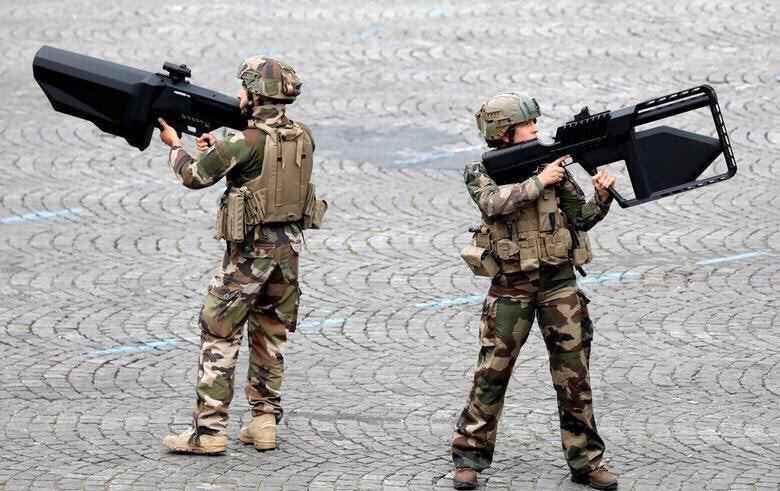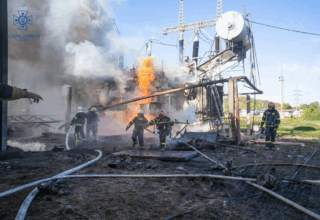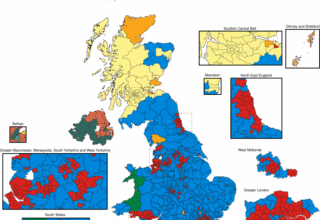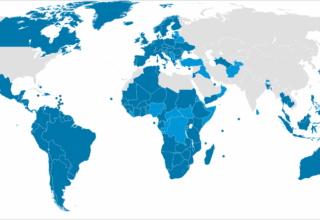
In June this year, France communicated its intent to arm its military forces with AeroVironment Kamikaze drones, after their effectiveness in the Russian-Ukrainian war. According to military experts, in the first few weeks of the Russian invasion, Ukraine’s drones played a gamer-changer role in the country’s defense. As the war continues, both sides seem to be using drones excessively to spot the enemy, destroy the target, scan the area, and launch direct artillery fire. However, the weaponization of drones is not new. During the Vietnam War, drones were used for the first time on a large scale, with reports claiming that over a thousand were deployed to map out North Vietnamese and Chinese logistics networks. Over the next 50 years, the technology of drones took a leading role on the battlefield, with a crucial part during operations in Kosovo and the War of Terror a few years later. More recently, a swarm of Artificial Intelligence (AI) drones made its appearance for the first time in May 2021, when it was used by the Israel Defense Forces (IDF) in Gaza.
The term drone refers to any unmanned vehicle that can be controlled remotely or relies on software for autonomous flight. Although aerial drones or Unmanned Aerial Vehicles (UAVs) are more popular, there are also ground-based drones or Unmanned Ground Vehicles (UGVs). Depending on the technology applied, there are three types of drones; strategic, operational, and tactical. Strategic drones are used for reconnaissance over hostile territories, as operational with the addition that they are used for attack purposes as well, while tactical drones are used less on the battlefield and more in developed countries for crowd control. The majority of types of drones aim at collecting intelligence data rather than attacking since they have limited roles as independent weapon systems, but are highly effective in gathering important information before the attack. However, military drones are not the only ones used in warfare. Recently, Ukraine has turned to smaller commercial drones, which are less powerful but much cheaper.
Loitering munitions fall in the category of drones used for attack purposes. Also known as kamikaze or suicide drones, they are armed drones that can fly unnoticed over an area, collect information about the target, and only attack once it has been located or exposed. Their low weight and small size make them difficult to detect on radar, fast, and hard to counter. Not only that, but the latest model, developed by the American company AeroVironment, is also inexpensive. The new technological developments brought to the spotlight the drone swarms. The so-called ‘swarming’ concept is when a group of drones can act as swarms utilizing software, which enables them to operate collaboratively in a coordinated manner. The advantage of swaps is that drones are interlinked, share information, and take collaborative decisions to act as one and achieve common objectives. Both these innovations are game-changers in military operations and could radically change the nature of warfare in the future.
In the latest market study, Teal Group analysts estimated that the production of Unmanned Aerial Vehicles will increase from $5.6 billion in 2020 to $14 billion in 2029. This total to $95.5 billion in the next ten years, making UAV production one of the most rapidly and dynamically growing sectors of the aerospace industry.
While the industry of armed drones is becoming an emerging market, their use is surrounded by a series of humanitarian concerns and other legal issues. Their usage is not specifically regulated under international law, meaning that it is not inherently unlawful and expressly prohibited, but it is subject to the general rules of international law. As methods of warfare, the use of drones is regulated under international humanitarian law and should follow the principles of distinction, proportionality, precautions in attack, and the prohibition of indiscriminate attacks. Yet, there are no legal instruments of international humanitarian law that set a legal framework for their use. The lack of transparency surrounding armed drone policies has been a key point of concern. Governments usually retain a level of secrecy around their practices, effects, motives, and targets, hiding important information and resulting in a lack of accountability.
By The European Institute for International Law and International Relations.















